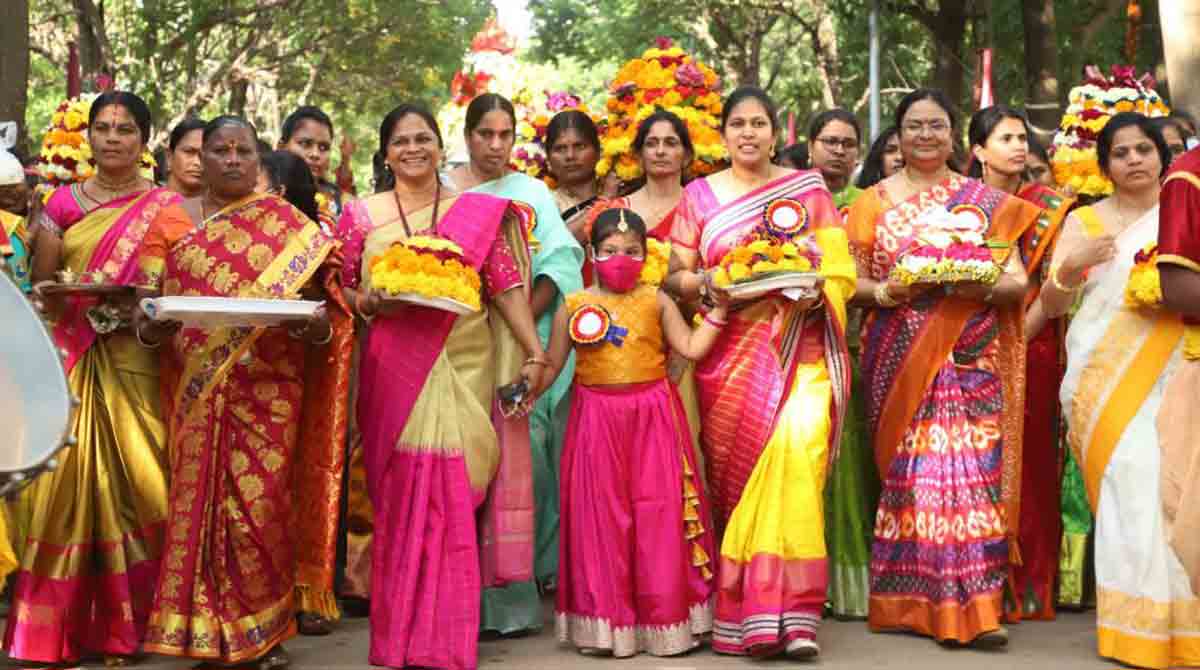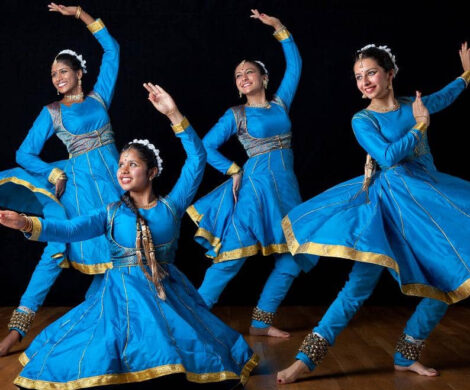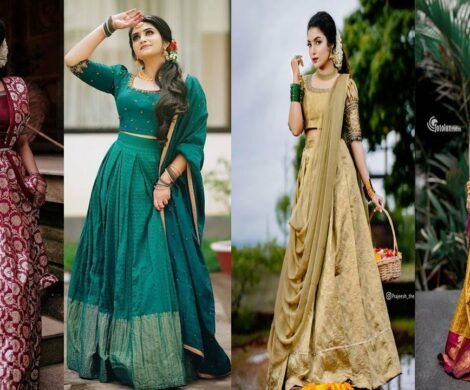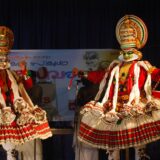Traditional Dress of Telangana: A Kaleidoscope of Culture and Heritage

Telangana, a land known for its rich history and diverse culture, boasts a captivating array of traditional attire. The Traditional Dress of Telangana is a testament to the state’s heritage and creativity, adorned with vibrant colors, intricate patterns, and a deep-rooted cultural significance. In this article, we will delve into the traditional clothing worn by the people of Telangana, exploring its unique characteristics, historical context, and contemporary relevance.
Traditional Dress of Telangana: A Glimpse into Cultural Diversity
The traditional clothing of Telangana is a visual representation of the region’s multicultural identity. Let’s explore the captivating garments that have been cherished through generations:
1. Pochampally Sari: Weaving Elegance
The Pochampally sari, a true masterpiece of artistry, is a hallmark of Telangana’s traditional dress. Crafted with meticulous care, these silk saris are renowned for their distinctive geometric patterns and vibrant color combinations. The intricate weaving technique of Pochampally saris reflects the expertise of Telangana’s weavers.
2. Langa Voni: Grace and Simplicity
Langa Voni, a traditional attire worn by young girls, combines a langa (skirt) with a voni (dupatta). This ensemble exudes grace and simplicity, often adorned with intricate embroidery and mirror work. Langa Voni represents the cultural heritage and innocence of Telangana’s younger generation.
3. Sherwani and Kurta Pajama: Traditional Elegance for Men
For men, the sherwani and kurta pajama are popular choices for festive occasions and celebrations. The sherwani, embellished with intricate embroidery, reflects regal elegance. The kurta pajama ensemble strikes a balance between tradition and modern comfort, making it a versatile option for various events.
Traditional Jewelry: Accentuating the Ensemble
No traditional outfit is complete without the dazzling touch of jewelry. Telangana’s traditional jewelry includes ornate necklaces, bangles, and earrings, often crafted with gold and precious stones. These adornments not only enhance the overall look but also reflect the cultural values of the region.The Traditional Dress of Telangana is steeped in history, symbolizing the region’s journey through different eras.
Influence of Kakatiya Dynasty: Legacy of Royalty
The Kakatiya dynasty played a crucial role in shaping Telangana’s cultural identity. The influence of this dynasty is reflected in the attire, characterized by regal silhouettes and intricate embellishments. The legacy of the Kakatiya dynasty continues to inspire modern interpretations of traditional clothing.
Nizami Influence: Fusion of Cultures
During the reign of the Nizams, Telangana experienced a fusion of cultures, resulting in unique attire that blends Persian aesthetics with local traditions. The royal courts introduced intricate embroidery, opulent fabrics, and elaborate designs, which continue to influence contemporary fashion.
Modern Revival: Bridging the Past and Present
In recent years, there has been a revival of traditional textile practices in Telangana. The government’s efforts to promote handloom industries have led to a resurgence of interest in indigenous fabrics and weaving techniques. This revival not only preserves cultural heritage but also empowers local artisans.
Celebrating Diversity: Regional Variations
The Traditional Dress of Telangana showcases the state’s diversity, with distinct attire varying across different regions.
1. Gollabhama Sari: A Kaleidoscope of Colors
Originating from the Gollapally region, the Gollabhama sari is known for its vibrant color palette and intricate zari work. These saris often feature motifs inspired by nature, reflecting the region’s agricultural heritage and artistic expression.
2. Dhakai Kurta Pajama: Legacy of Craftsmanship
The Dhakai kurta pajama, popular in the Warangal region, is characterized by its intricate embroidery and detailed mirror work. This ensemble embodies the legacy of craftsmanship, passed down through generations, and celebrates the artistic skills of local artisans.
3. Traditional Embroidery: Tales of Culture and Identity
Embroidery holds a special place in Telangana’s traditional attire. Different regions have their own distinct styles, such as the Lambadi embroidery known for its vibrant threads and mirror work. Each stitch narrates stories of culture, identity, and heritage.
Conclusion
The Traditional Dress of Telangana stands as a vibrant tapestry of culture, history, and creativity. From the resplendent Pochampally sari to the graceful Langa Voni, each garment is a reflection of Telangana’s identity and heritage. As the state continues to embrace modernity while honoring its roots, the traditional attire remains a timeless testament to the region’s rich past and promising future.
FAQs About Traditional Dress of Telangana
How has globalization influenced Telangana’s traditional dress?
Globalization has introduced elements of modernity and diversity to Telangana’s traditional attire. While the essence of the traditional dress remains intact, people have embraced new fabrics, designs, and styles, creating a harmonious blend of the old and the new.
What is the significance of mirror work in Telangana’s attire?
Mirror work, known as shisha, holds cultural and spiritual significance in Telangana. It is believed to ward off evil spirits and bring good luck. The intricate mirror work also reflects the craftsmanship and artistic sensibilities of the region.
Are there specific occasions for wearing the Pochampally sari?
The Pochampally sari is often worn during weddings, festivals, and special celebrations. Its vibrant colors and intricate patterns make it a symbol of grandeur and elegance for significant occasions.
How has the government’s support impacted the handloom industry in Telangana?
The government’s support has revitalized the handloom industry in Telangana by providing financial assistance, training, and marketing opportunities to local weavers. This support has not only preserved traditional weaving techniques but also empowered artisans economically.
Can you elaborate on the historical significance of Langa Voni?
Langa Voni has its roots in the Kakatiya dynasty and reflects the region’s cultural identity. It symbolizes purity, grace, and the transition from childhood to womanhood. The embroidery and mirror work on Langa Voni showcase the craftsmanship of Telangana’s artisans.
What sets Gollabhama saris apart from other traditional saris?
Gollabhama saris are distinguishable by their bold use of colors, intricate zari work, and unique motifs. These saris are a vibrant representation of Telangana’s agricultural heritage and artistic expression.




